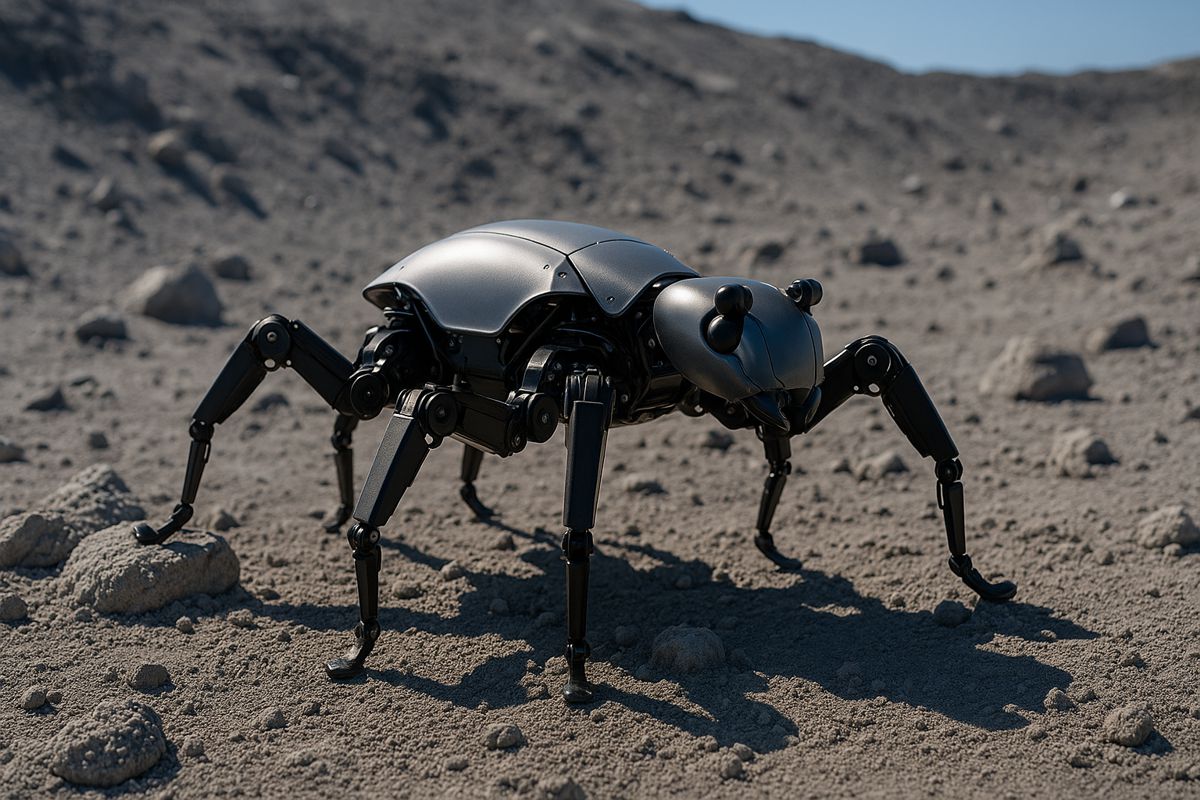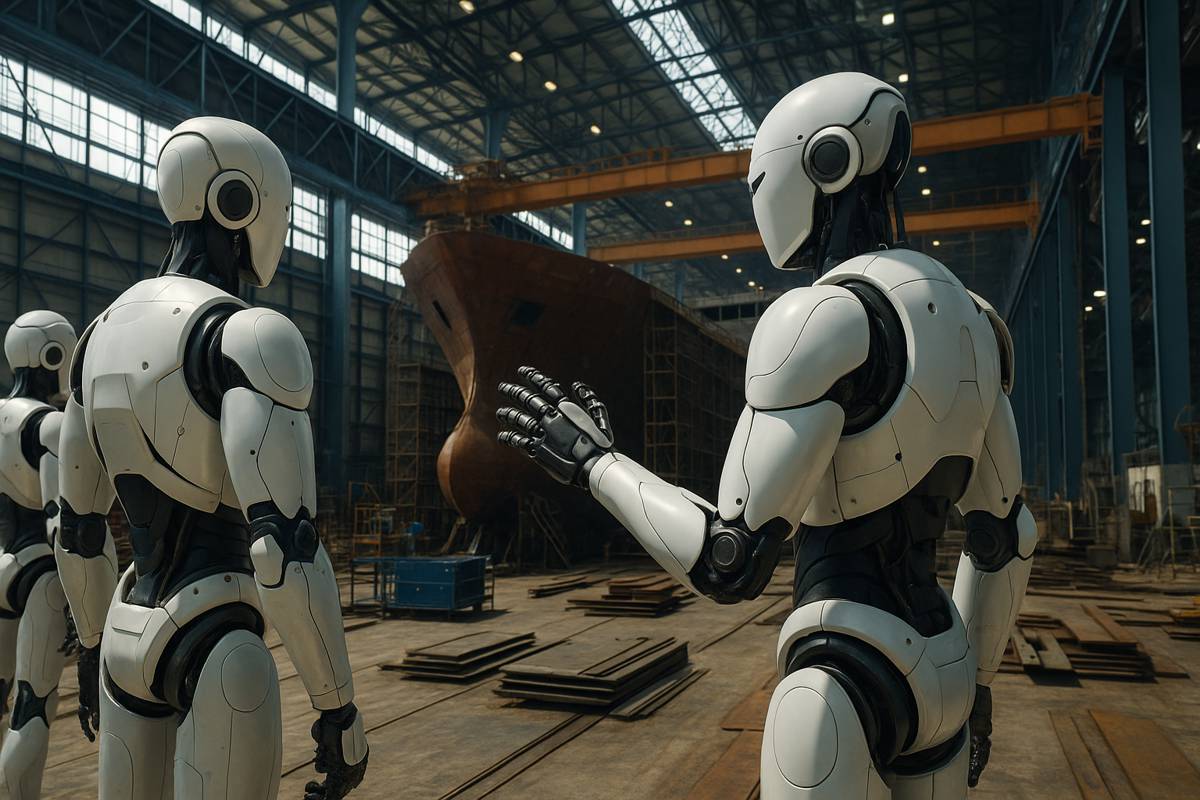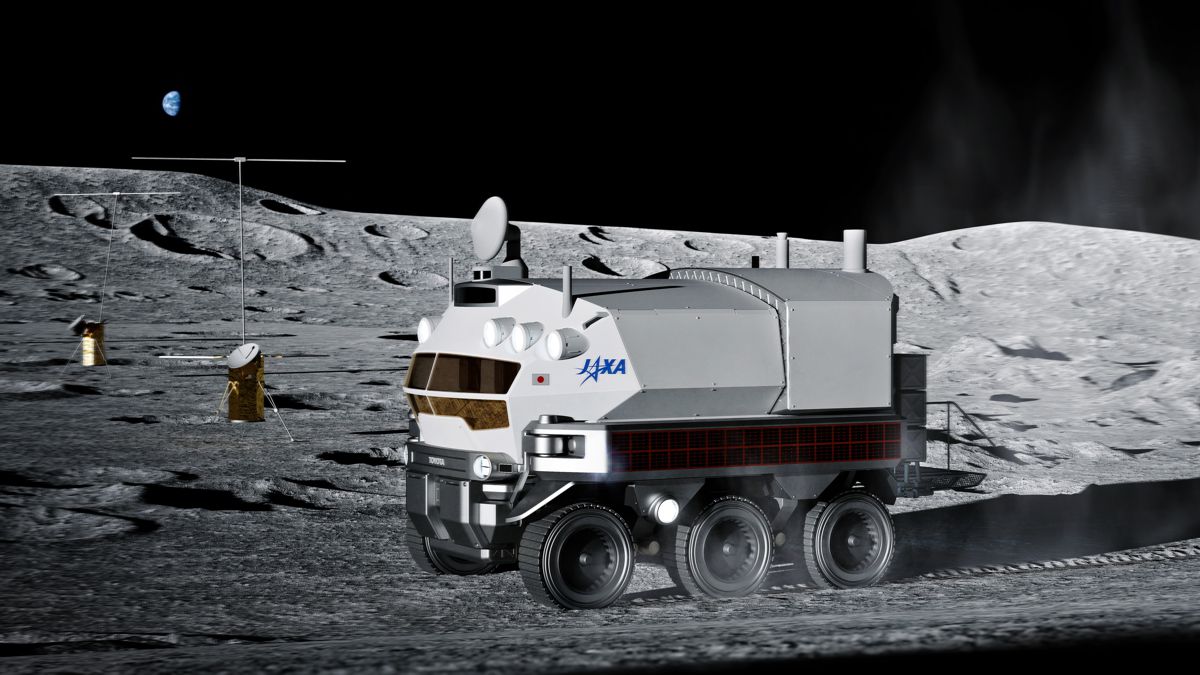Six-Legged Lunar Lander Promises Breakthroughs in Exploration
Exploring extra-terrestrial environments has long depended on the combination of landers and rovers. While this dual-system approach has achieved remarkable scientific milestones, it comes with notable limitations. Landers, once they touch down, remain fixed in place. Rovers, on the other hand, can traverse only certain types of terrain. Craters, cliffs, and steep slopes often restrict their movement, leaving vast regions unexplored. The next leap in planetary exploration lies in mobility, not just horizontal but also vertical and adaptive.
Recent research conducted by Qingxing Xi, Zhijun Chen, Ke Yin, and Feng Gao from Shanghai Jiao Tong University and the Institute of Aerospace System Engineering in Shanghai represents a game-changing step forward. Their study Soft-Landing Control for a Six-Legged Mobile Repetitive Lander proposes an innovative solution that merges the best features of landers and rovers into one agile, adaptable machine.
A New Breed of Robotic Lander
The six-legged mobile repetitive lander designed by the research team challenges the traditional separation between landing and exploration. Instead of deploying a stationary base and a separate rover, the team envisions a single, multifunctional unit that can both land softly and move across difficult lunar terrain. The design incorporates six legs arranged hexagonally around the body, giving the lander a stable and symmetrical structure ideal for balancing on uneven surfaces.
Each leg consists of a three-degree-of-freedom serial-parallel mechanism, providing a balance of strength, agility, and flexibility. To reduce stress on the motors during touchdown, the engineers have integrated passive linear springs within the legs. This allows the lander to absorb impact forces effectively, enabling smoother contact with rugged terrain.
“Our aim was to create a robotic platform that not only lands safely but also continues to function effectively in diverse and unpredictable terrains,” said lead researcher Qingxing Xi. “We wanted to overcome the limitations of existing systems that either stay fixed after landing or struggle to move on rough surfaces.”
Mastering the Art of Soft-Landing
One of the key innovations in this study is the development of a sophisticated soft-landing control method that merges compliance control with optimal force control. Traditional landers often rely on rigid structures and pre-set descent trajectories. While effective on flat terrain, such systems can falter on the uneven surfaces of the Moon or Mars.
The proposed control method divides the landing process into three distinct phases: landing, retracting, and extending. During landing and extending, compliance control comes into play to stabilise the lander’s body and prepare it for surface mobility. This helps ensure that even if one leg lands on a rock or ridge, the system can adjust dynamically to maintain balance.
In the retracting phase, optimal force control is applied to minimise joint torque and maximise the absorption of impact energy. This approach allows the lander to manage the sudden deceleration forces that occur when descending under lunar gravity. The result is a gentler, more controlled landing that reduces mechanical stress and prevents damage to the lander’s structure.
Testing Under Lunar Conditions
To validate their concept, the researchers developed an experimental platform that simulates lunar gravity and terrain. The system replicates conditions such as reduced gravitational pull and uneven surfaces like slopes and steps. Using this setup, the six-legged lander underwent a series of trials to assess its stability, mobility, and control accuracy.
The results were impressive. The lander successfully executed soft landings on simulated lunar surfaces, demonstrating exceptional adaptability to varying terrain conditions. It maintained stability even when one or more legs encountered obstacles, and it absorbed landing impacts effectively without compromising mobility.
“Our experiments showed that the soft-landing control strategy significantly enhances stability and safety,” said co-author Zhijun Chen. “This approach offers vital engineering insights for developing future planetary exploration systems that need to operate autonomously in challenging environments.”
Advancing Lunar and Martian Missions
The implications of this research extend far beyond the laboratory. A six-legged lander capable of both landing and locomotion could redefine the logistics of extra-terrestrial exploration. Current missions typically involve deploying a heavy, stationary lander that serves as a communications base, while a smaller rover explores a limited area nearby. Combining these functions into one system could greatly increase efficiency and scientific output.
Such technology could prove especially valuable for exploring complex lunar regions like the Shackleton Crater near the Moon’s south pole, where steep walls and deep shadows have made exploration nearly impossible for traditional rovers. A mobile lander could traverse these areas, deploy instruments, collect samples, and reposition itself as needed.
Similarly, on Mars, where dust storms and rocky plains pose persistent challenges, a six-legged system could enhance mission endurance and flexibility. By adapting its posture to the terrain, it could overcome obstacles that would halt wheeled rovers, extending the lifespan and coverage of future missions.
Engineering Innovation Meets Real-World Application
What sets this project apart is its combination of theoretical modelling and practical engineering. The researchers employed advanced simulation models to optimise control algorithms before testing them in real-world conditions. Their hybrid approach ensured that the system’s physical components and software worked seamlessly together.
This study also highlights the growing importance of compliance control in aerospace robotics. Traditionally used in industrial automation, compliance control allows robotic systems to respond naturally to external forces, reducing the risk of mechanical damage. Its integration into extra-terrestrial robotics represents a major step towards more resilient and adaptable exploration platforms.
The Road Ahead for Mobile Landers
Although the six-legged lander is still in the research phase, its success paves the way for more integrated systems that merge landing, exploration, and recovery functions. Future iterations could incorporate solar panels, communication relays, and scientific instruments directly into the mobile platform, eliminating the need for separate modules.
The team at Shanghai Jiao Tong University is already considering enhancements, including autonomous navigation systems, terrain recognition algorithms, and improved energy efficiency for long-duration missions. “We see this as the foundation for the next generation of lunar and Martian explorers,” explained Feng Gao. “A single platform that can land, move, and conduct experiments independently.”
A Leap Towards Smarter Exploration
The study marks a significant milestone in the evolution of planetary robotics. It bridges a critical gap between fixed landers and mobile rovers, setting the stage for more versatile and cost-effective exploration missions. As space agencies and private companies race to return to the Moon and push toward Mars, innovations like this six-legged mobile repetitive lander could prove pivotal.
In the broader context of humanity’s quest to explore beyond Earth, such engineering breakthroughs are reshaping what’s possible. They bring scientists closer to the day when robotic explorers will not only land safely on alien worlds but also walk, climb, and adapt with the agility of living organisms.




















